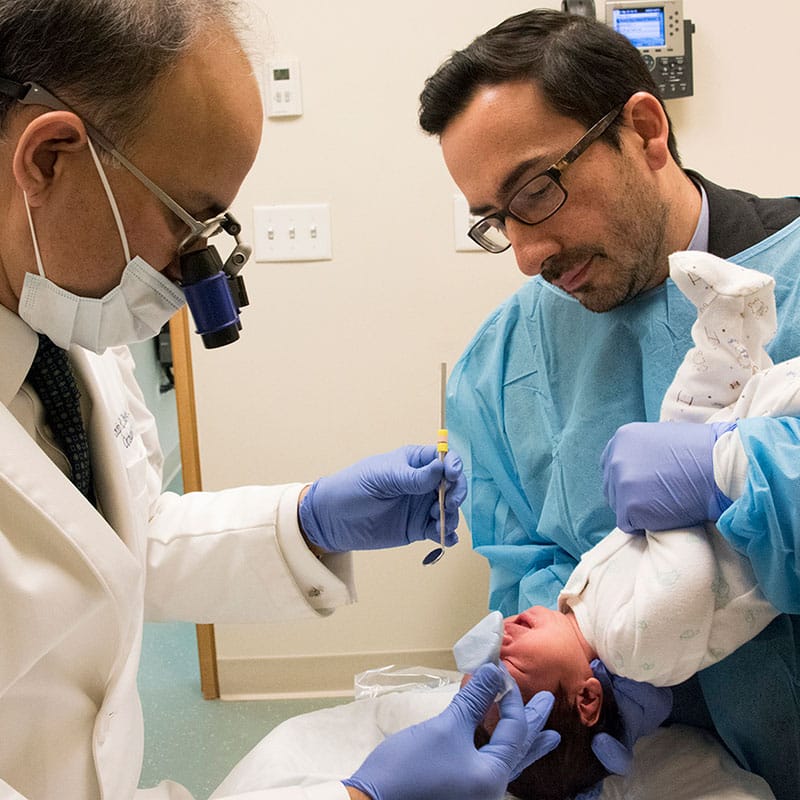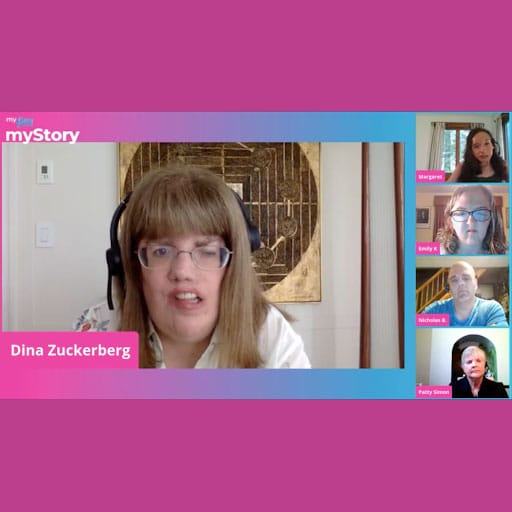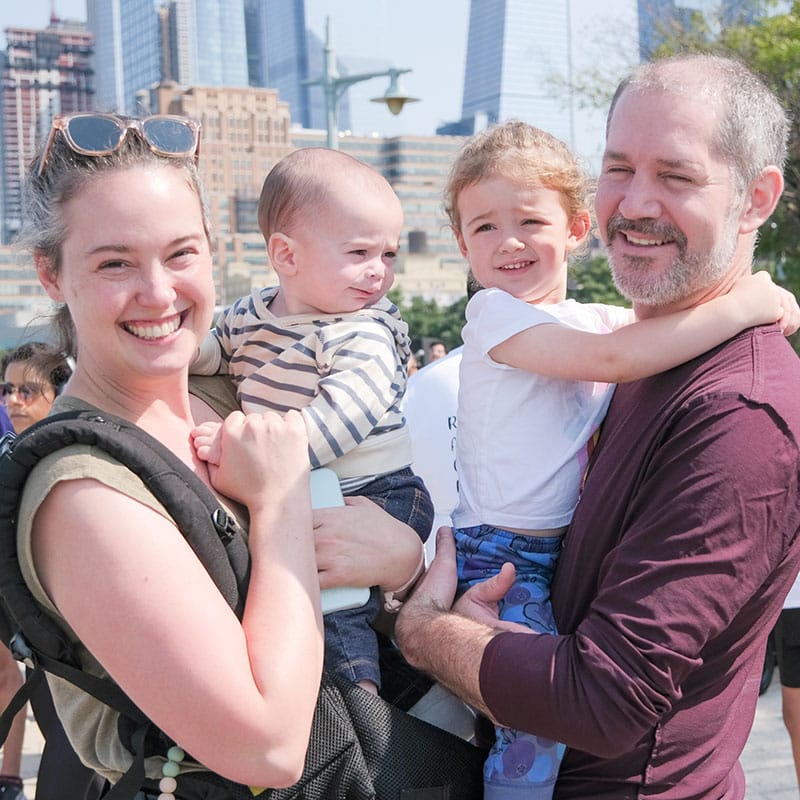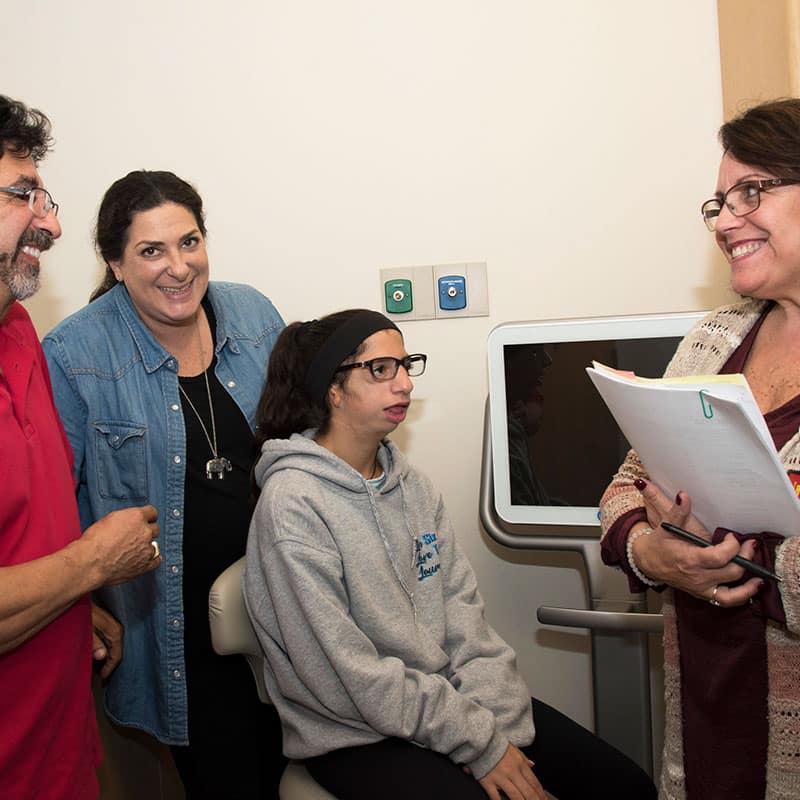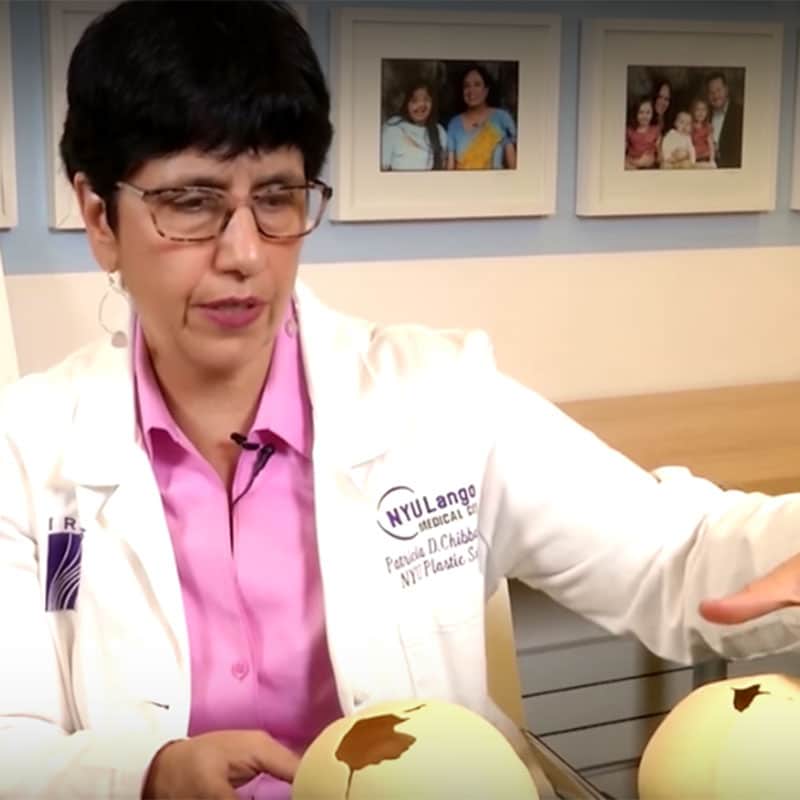Jumping and Sliding Genioplasty
Chin Transformation: Understanding the Various Genioplasty Procedures
A genioplasty, also known as chin surgery or mentoplasty, is a surgical procedure designed to alter the shape and positioning of the chin. This cosmetic or reconstructive intervention encompasses various techniques such as augmentation, reduction, sliding, and genioglossus advancement, each tailored to address specific concerns
What is a jumping genioplasty?
A jumping genioplasty is a surgery where the chin bone is moved both forward and upward as part of the reconstruction. This is usually done for patients who have small and narrow chins that are long in the vertical dimension. The surgery is performed entirely inside the mouth so there is no visible scar on the face. A jumping genioplasty takes about one hour to perform and can be performed by itself or in combination with other surgery on the face.
Meet a member of the myFace community who went through a genioplasty procedure.
What is a sliding genioplasty?
A sliding — or osseous genioplasty, or bony genioplasty— is a surgery where the shape of the chin is changed by moving the chin bone forward, rather than using a chin implant. In most cases, the chin is brought forward but there are instances where the chin is brought forward and upward, straightened or even pushed back. Like the jumping genioplasty, the surgery is performed entirely inside the mouth so there is no visible scar on the face. An osseous genioplasty takes about one hour to perform and can be performed by itself or in combination with other surgery on the face.
Watch Nurse Practitioner, Pat Chibbaro, of the myFace Center for Craniofacial Care at NYU Langone Health explain genioplasty surgery in detail:
The Process of a Genioplasty Procedure
Pre-Surgery
The surgery is performed entirely inside the mouth so there is no visible scar on the face. A genioplasty takes about one hour to perform and can be performed by itself or in combination with other surgery on the face.
Procedure
An opening is made inside of the mouth, close to where the lower lip meets the chin. The opening is about 3 inches long and the resulting scar will be completely hidden inside the mouth. Using this opening, the chin will be accessed and separated from the jaw. In the area of the surgery, there are important nerves that should be protected. These nerves (called the mental nerves) provide feeling to the lower lip; because of this, the lower lip may be numb after the surgery but this should only be temporary. Once the chin is separated from the jaw, the chin is moved upward and/or forward. Special tools may be used to help shape the chin during surgery. The chin is then securely fixed to its new position using screws or a combination of plates and screws. The opening inside the mouth that the surgeon will use to perform the procedure is then closed using stitches that do not have to be removed later on.
Post-Op & Recovery
Numbness
The surgeon may use a special tape or a bandage to help shape the chin after surgery. The lower lip may be numb, however this should be temporary. If the surgeon performs a jaw surgery (Bilateral Sagittal Split Osteotomy) during the chin surgery, lower lip numbness will be more likely, and there is a possibility that the numbness may be permanent. You will be able to feel stitches inside the mouth after the surgery. It is best not to play with these stitches as it may result in stitches falling out too early. The stitches will dissolve over the course of several weeks.
Swelling
The chin and lower lip will swell and it may be difficult to talk or drink normally at first. This is normal. The swelling will peak two to three days after the surgery. The swelling will then slowly decrease over the course of about two weeks; however, every patient is a little different. Most of the discomfort experienced after genioplasty surgery will be from the swelling of the face and stitches inside the mouth rather than the pain from the surgery itself.
To help the swelling:
- Medicine will be prescribed to help with any discomfort.
- Cool compresses to the face will help.
- Sleeping with the face raised above the heart will also help decrease the swelling.
It is very important to listen to the surgeon’s directions regarding the types of foods one can eat following the surgery and when it is safe to eat them. Eating appropriate foods will help with the healing, but eating hard foods too early can damage the surgery. After the swelling has subsided, one should notice a positive change in the shape of the chin.


